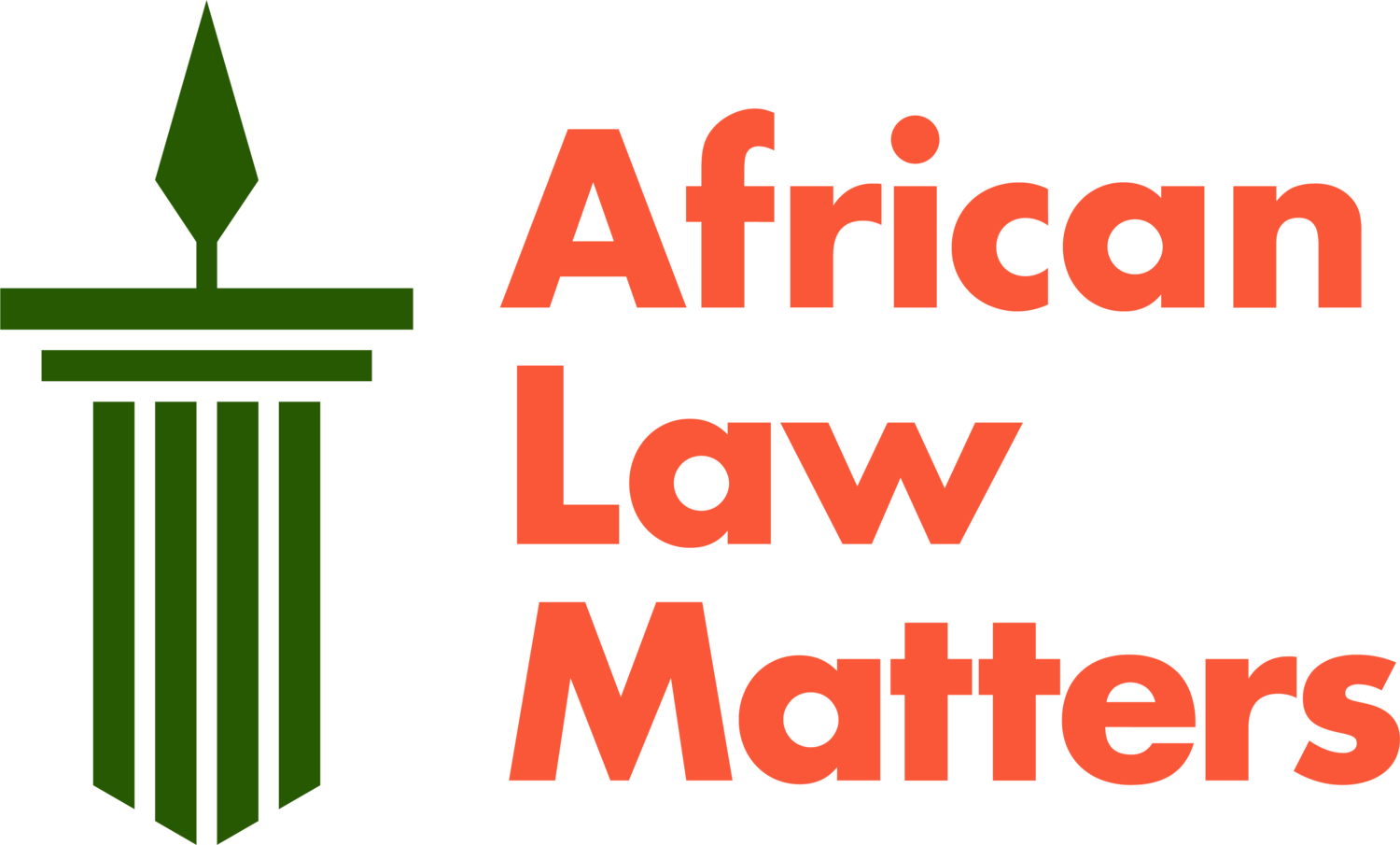Climate Crisis Impacts: The Cross Border Displacement of Children
Editors’ note: This post constitutes a part of a blog series on the Protection of Refugees’ and Migrants’ Rights in Africa. According to a report by the United Nations High Commissioner for Refugees, Africa is home to over 30 million internally displaced persons, refugees, and asylum seekers. This translates to the African continent being home to nearly one-third of the world’s refugee population. Over the past three years, these figures have increased, triggered by the Covid-19 pandemic, climate change, new conflicts, and ongoing human rights violations. Against this background, this series features contributions from legal experts and practitioners reflecting on the legal framework providing for the promotion and protection of the rights of migrants and refugees, and the unique problems that minorities confront in this system due to factors such as race and gender discrimination.
The climate crisis is no longer a vague hypothetical scenario which may come to fruition in the near future. It is happening now, and the impacts can already be seen, including cross border displacement. Children will be particularly vulnerable to such impacts. Nevertheless, the protection framework for such children and their rights is inadequate.
Climate change impacts
The 2022 Intergovernmental Panel on Climate Change (IPCC) 6th Annual Report paints a stark picture of the current as well as future risks and impacts of the climate crisis. This is particularly true for the African continent. The IPCC has found that the surface temperatures of Africa are increasing at a faster rate than the global average. The result is more frequent and severe extremes in weather, such as heat and cold waves, increased climate-related disasters and increased sea levels around the continent resulting in coastal flooding and the salination of fresh water.
Further, many African states have been found to have “low adaptative capacities”. In other words, States do not have the tools to deal with the impacts of the climate crisis. Therefore, what elevates a climate event such as a hurricane/cyclone or drought into a climate disaster is ultimately tied to the State’s ability to cope and adapt to climate change impacts.
Other than the impacts on Africa, what is notable about the IPCC 6th Annual Report is that it highlights, with high confidence, that one of the most significant risks of the climate crisis and its associated impacts is the displacement of persons both internally and across state borders. It elaborates by stating that the climate crisis is contributing to a humanitarian crisis where climate hazards interact with highly vulnerable groups. One such vulnerable group is children.
“Children are the least responsible for the climate crisis, however, it is the world’s children who will be disproportionately affected by the climate crisis and climate change-related disasters. ”
Vulnerability of children
Children are the least responsible for the climate crisis, however, it is the world’s children who will be disproportionately affected by the climate crisis and climate change-related disasters. They are especially at risk of the direct impacts of a climate disaster, such as extreme heat or flooding causing death or injury. In addition, the destruction of infrastructures such as schools and hospitals disrupts their education and access to health care.
Children are also susceptible to diseases, which become increasingly present in climate change affected areas. These include vector-borne diseases such as malaria, waterborne diseases such as cholera and dysentery, and air pollution diseases such as respiratory infections.
Thus, children’s vulnerability to climate change fundamentally threatens the realisation of many, if not all, of their fundamental rights as found in the Convention on the Rights of the Child (CRC) and the African Charter on the Rights and Welfare of the Child (ACRWC). Moreover, children’s vulnerability is further increased when they reside in states that cannot adapt to the impacts of climate change.
Children displaced by climate change further experience heightened risks and infringements of their rights, as they have to contend with the impacts of climate change as well as the risks associated with displacement. Children, especially very young children, are not equipped to cope with the uncertainty and challenges related to displacement, which includes, among other things, family separation, exploitation, loss of or restricted access to education and health care, as well as increased vulnerability to physical and psychological abuse and trauma.
Climate change induced displacement
The threat of displacement resulting from climate change is not a new concept. As far back as 1990, the IPCC alerted the world that climate change would have devastating consequences, including displacement.
Climate change induced displacement (CCID) is often internal. However, as acknowledged by the Human Rights Committee in the decision of Ioane Teitiota v New Zealand, both slow-onset and sudden-onset climate disasters can and are increasingly resulting in the permanent displacement of persons across state borders.
Nevertheless, there is no universally accepted definition for CCID persons displaced across state borders. In everyday conversation, people refer to them as “climate change refugees” or “environmental refugees”. This terminology is problematic.
Cross border CCID persons cannot be classified as refugees as they are not typically subject to a form of persecution as required by the 1951 Refugee Convention. This group can also not be described as voluntary migrants, as this suggests some form of choice in their movement, which cannot be present when faced with the immense impacts of climate disasters. The result is a group of people who lack definition and thus often protection as well.
International protection mechanisms for climate change displaced children
Along with a lack of definition, there is a lack of protection instruments tailored to protect the rights of CCID persons, let alone CCID children. Nevertheless, children do not lose their entitlements to fundamental rights as a result of displacement. A host state will still be bound by the rights of children found within the CRC and the ACRWC, which apply to all children within the State without discrimination.
It could be argued that The Global Compact on Safe, Orderly and Regular Migration is a step in the right direction, as it acknowledges the existence of climate change displacement and a general acknowledgement of the need to protect children on the move. However, there is a distinct lack of research and data on how this instrument has, in any way, made an impact on the protection of the rights of CCID children.
So what do we need to do?
Cross border climate change displacement and the impacts on children are international concerns which will not disappear anytime soon. Therefore, research and policymaking efforts must be increased to ensure the protection of the rights of these children. Action needs to be taken, and it needs to be taken now!
This is especially important for the African continent as it will be feeling the effects of climate change much sooner than the rest of the globe. Greta Thunberg, one of the most prominent youth climate activists, said it best— when dealing with the climate crisis and its impacts, we must “…act as if the house is on fire, because it is.”


